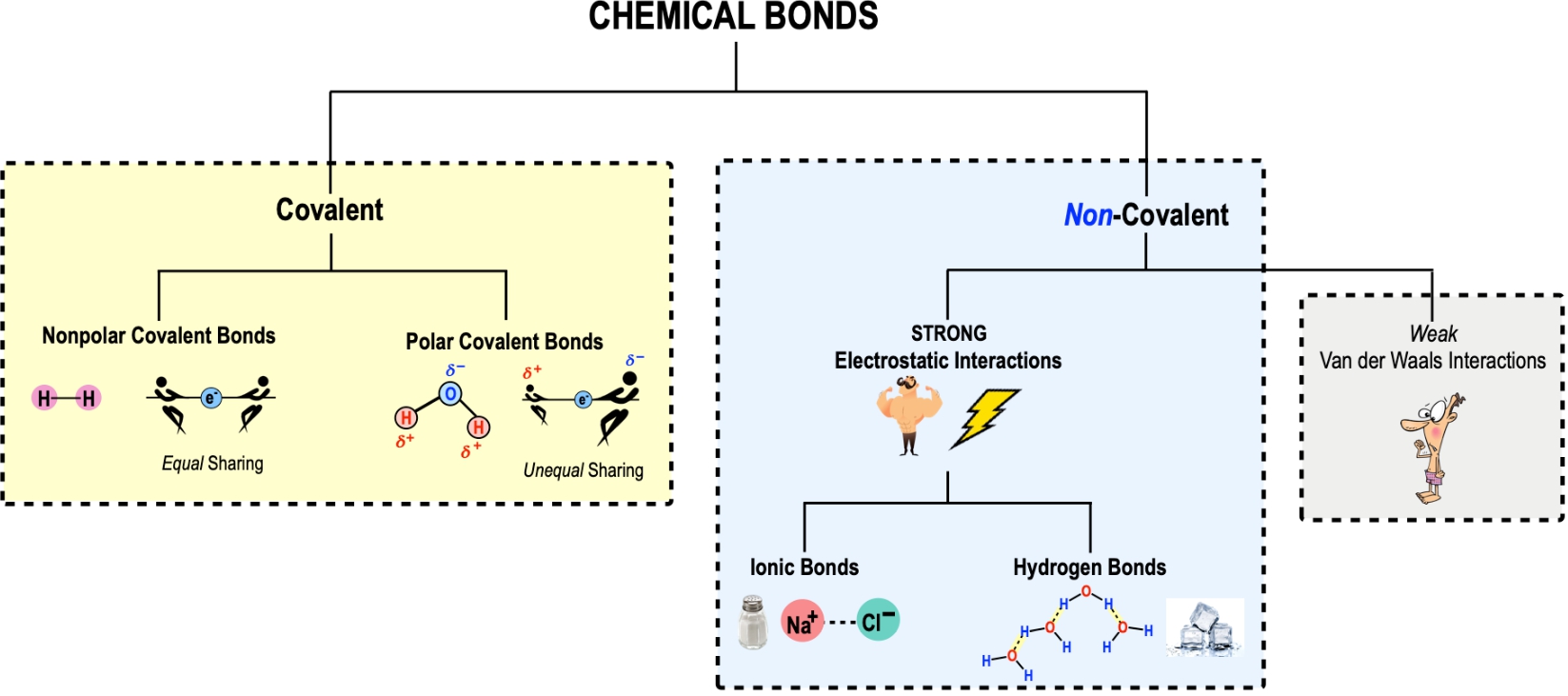Chemical bonding is defined as the attractive forces between atoms that hold them together to form molecules and compounds. A molecule is any substance that contains two or more chemically bound atoms, which can be of the same or different elements. For instance, oxygen gas (O2) is a molecule because it consists of two oxygen atoms bonded together.
In contrast, compounds are a specific type of molecule that must contain at least two different elements. This distinction is crucial; not all molecules qualify as compounds. For example, water (H2O) is both a molecule and a compound because it consists of hydrogen and oxygen, two different elements. On the other hand, O2 is a molecule but not a compound since it contains only one type of element.
Another example of a compound is glucose (C6H12O6), which includes carbon, hydrogen, and oxygen. The chemical formula provides a concise way to represent the number and types of atoms in a molecule or compound. For glucose, the formula indicates there are six carbon atoms, twelve hydrogen atoms, and six oxygen atoms. This method of notation is much more efficient than drawing the entire molecular structure.
Understanding these concepts of molecules, compounds, and chemical formulas is foundational as we explore various types of chemical bonds in future discussions.





